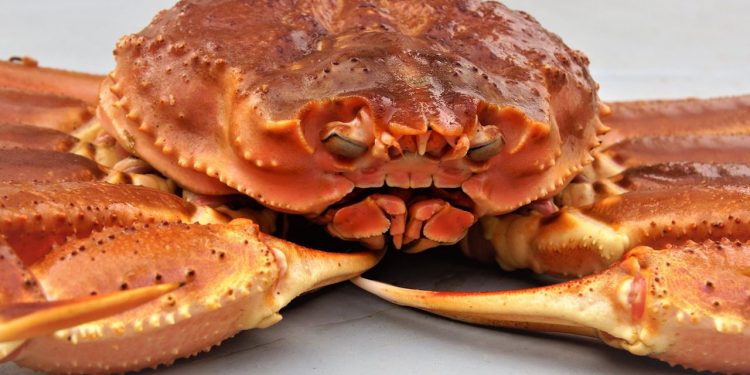Norway’s Institute of Marine Research has recommended a snow crab quota of 6725 tonnes for 2022, an increase on the 6500 tonne quota it advised for the current year. The 2022 quota will be set by the Ministry of Trade and Industry later this month.
According to the Institute, snow crab populations continue to increase in the Barents Sea, and it has grown significantly since snow crab were first identified in Norwegian waters in 1996. Snow crab are now believed to have spread across all areas that are suitable for them, although the density of populations varies considerably.
At present fishing activity is focused on an area in the central Barents Sea and the Institute’s quota advice is intended for this region.
The Institute’s scientists have also recommended extending the closed period by a month in the autumn, to close the fishery from 1st July to 31st October.
‘Snow crab shed their shells and after shedding they have a period with a soft shell, during which they have less meat. The crab are extra vulnerable if fished during this period. They need time to put on weight after shedding their shells,’ said researcher Ann Merete Hjelset.
In addition, the Institute has also tables proposals for requirements for biodegradable materials in crab traps. This would allow crabs and other fauna to escape from traps that are lost at sea.
‘For the sake of animal welfare, we should avoid ghost fishing,’ Ann Merete Hjelset said.
Image: Odd-Børre Humborstad / Institute of Marine Research









